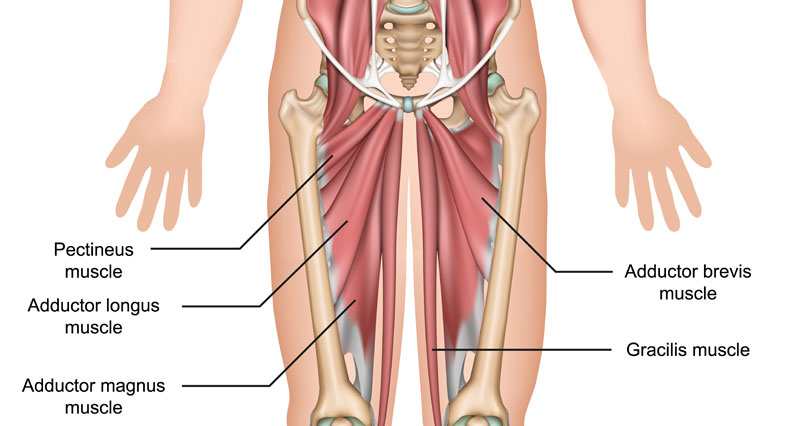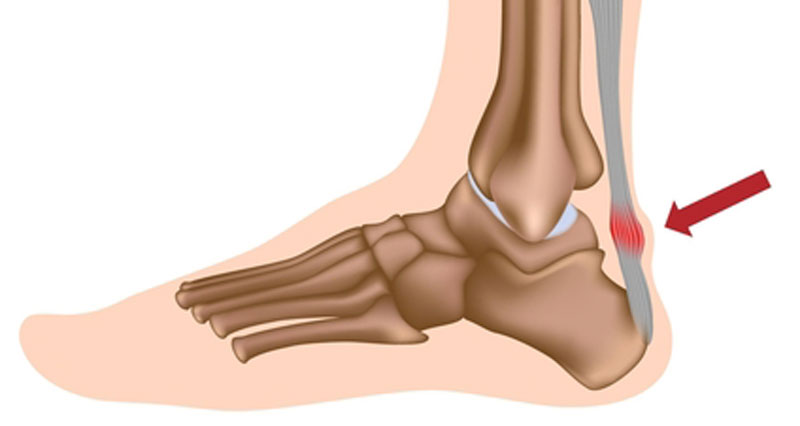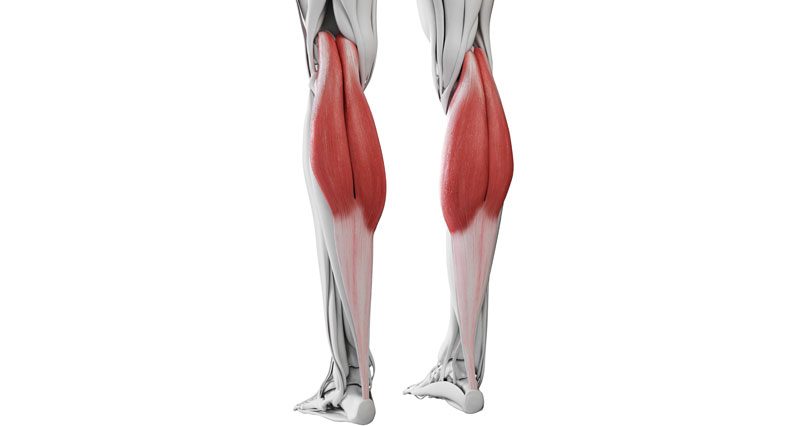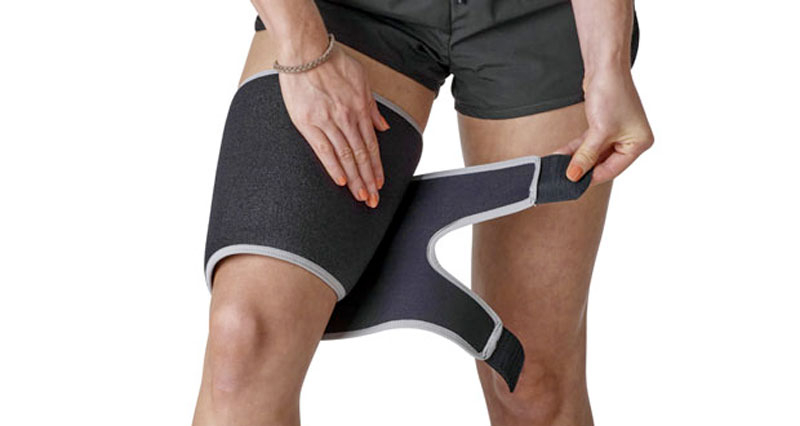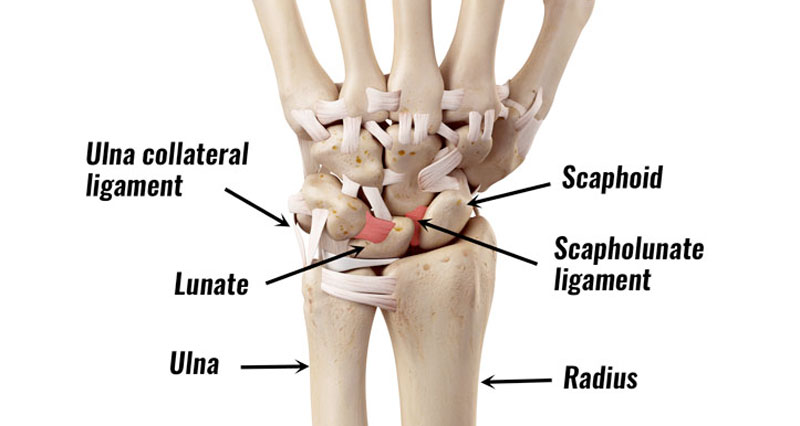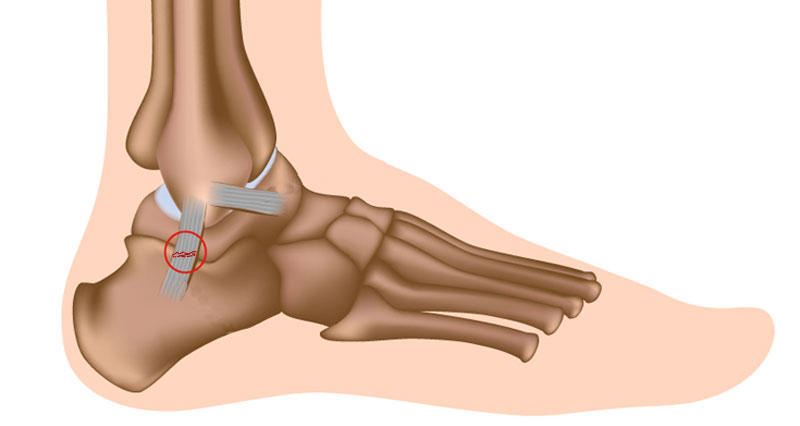A kidney laceration (or rupture) occurs following a blunt impact to the lower back region, such as from a fall. The extent of the injury can vary considerably, and mild damage may not demonstrate many symptoms. Whether the damage is mild or severe, it is important to continually assess for deterioration in the condition.
Symptoms
Symptoms of a kidney laceration can vary depending on the severity of the injury. They may include:
- Severe cases can lead to shock, which may cause unconsciousness if not treated promptly
- The abdomen or lower back is typically painful to touch or palpation
- Blood in the urine is a common sign of kidney damage
- Discomfort may lead to gastrointestinal symptoms
- Changes in blood pressure and pulse may indicate internal bleeding or shock
Diagnosis
To confirm a diagnosis of kidney laceration and assess the extent of the damage, several medical tests may be performed:
- A computed tomography (CT) scan provides detailed images of the kidneys and surrounding structures, helping to identify the injury’s location and severity.
- An aortogram involves injecting dye into the aorta and taking X-rays to detect leaks or abnormalities in the kidneys.
Treatment
The treatment of a kidney laceration depends on the extent of the injury:
- Minor Lacerations: These may only require observation and monitoring to ensure that the kidney continues to function efficiently. Rest, pain management, and regular follow-ups with a healthcare provider are typically sufficient.
- Severe Lacerations: In more serious cases, surgical intervention may be necessary. The primary goals of surgery are to stop bleeding and preserve kidney tissue and function. Surgery may involve repairing the laceration or, in extreme cases, removing damaged kidney tissue.
A kidney laceration is a serious medical condition that requires prompt diagnosis and appropriate management. Whether the damage is mild or severe, it is crucial to seek medical attention and ensure continuous assessment to prevent further complications. Understanding the potential causes and symptoms can help in the early detection and treatment of this injury.

